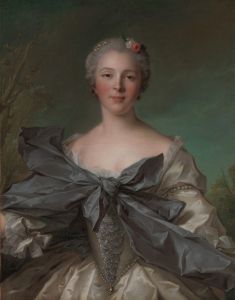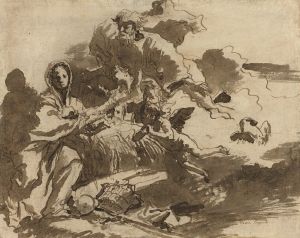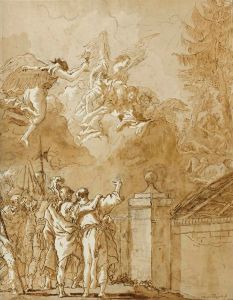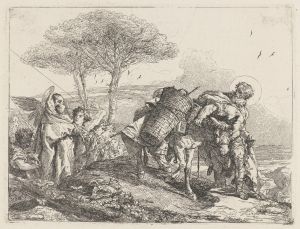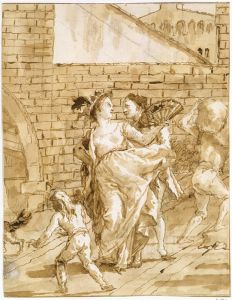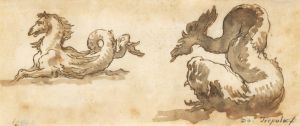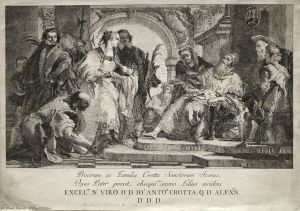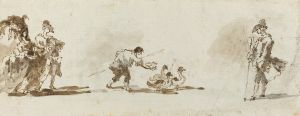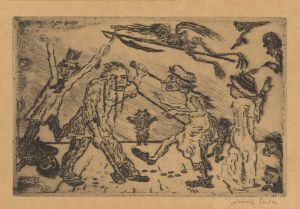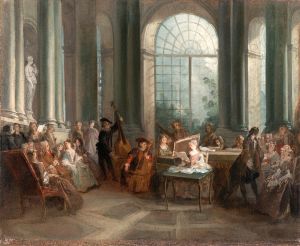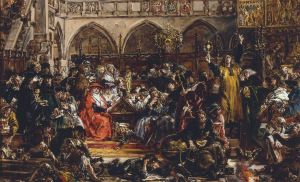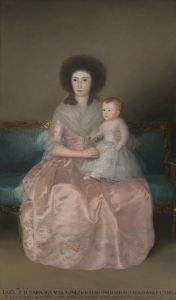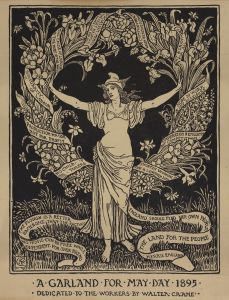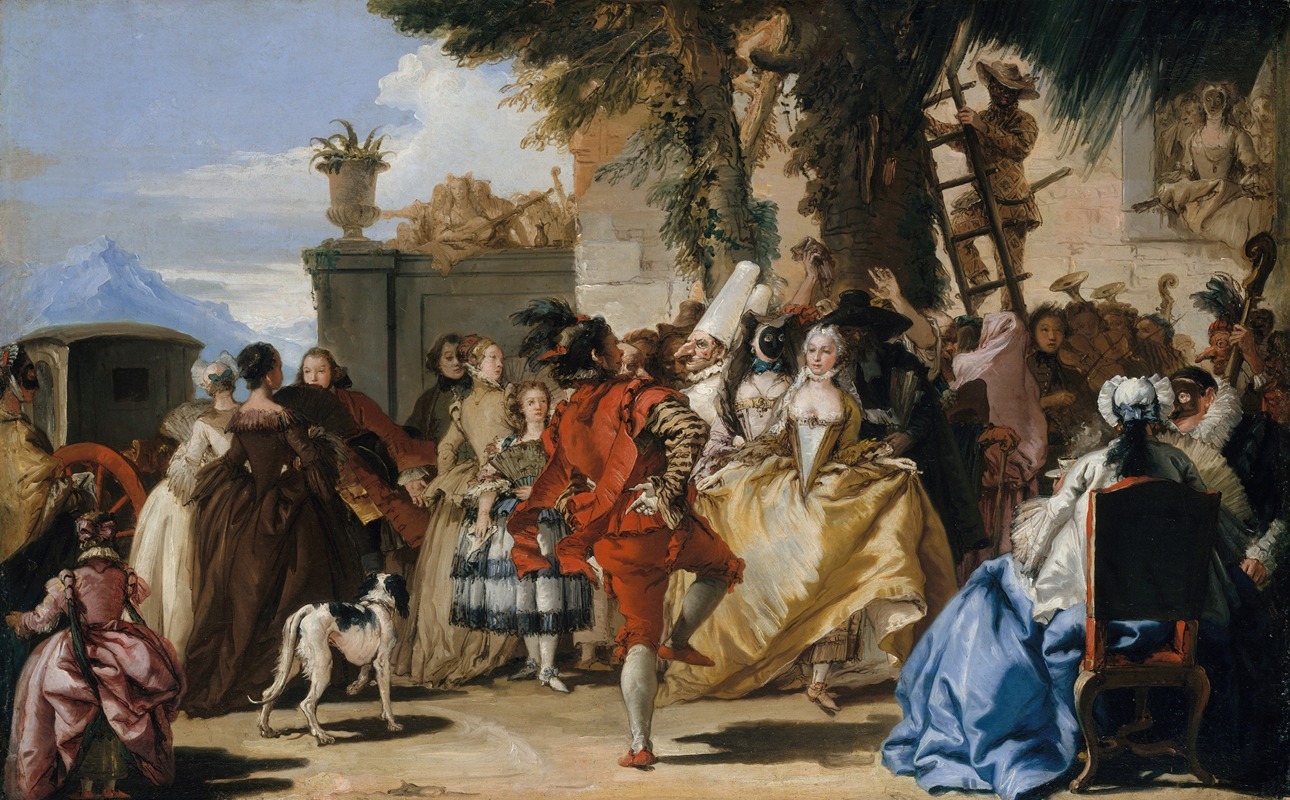
A Dance in the Country
A hand-painted replica of Giovanni Domenico Tiepolo’s masterpiece A Dance in the Country, meticulously crafted by professional artists to capture the true essence of the original. Each piece is created with museum-quality canvas and rare mineral pigments, carefully painted by experienced artists with delicate brushstrokes and rich, layered colors to perfectly recreate the texture of the original artwork. Unlike machine-printed reproductions, this hand-painted version brings the painting to life, infused with the artist’s emotions and skill in every stroke. Whether for personal collection or home decoration, it instantly elevates the artistic atmosphere of any space.
"A Dance in the Country" is a painting by the Italian artist Giovanni Domenico Tiepolo, also known as Giandomenico Tiepolo. He was the son of the renowned Venetian painter Giovanni Battista Tiepolo, and he followed in his father's footsteps, becoming an accomplished artist in his own right. Giandomenico Tiepolo was born on August 30, 1727, in Venice and died on March 3, 1804.
The painting "A Dance in the Country" (Italian: "Il Ballo Campestre") is part of a series of frescoes that Giandomenico created for the family villa, Villa Valmarana ai Nani, located near Vicenza, Italy. These frescoes were commissioned by the Valmarana family and were completed around 1757. The series depicts various scenes of contemporary life, including both rural and urban settings, and is known for its lively and detailed portrayal of 18th-century Venetian society.
"A Dance in the Country" captures a festive outdoor scene, where elegantly dressed men and women are engaged in a lively dance. The painting is characterized by its vibrant colors, dynamic composition, and the joyful atmosphere that pervades the scene. The figures are depicted with a sense of movement and grace, reflecting Giandomenico's skill in capturing human expressions and interactions.
The setting of the painting is a rustic countryside, with lush greenery and a clear sky providing a picturesque backdrop for the festivities. The dancers are accompanied by musicians, who are playing traditional instruments, adding to the merriment of the occasion. The attention to detail in the costumes and the naturalistic rendering of the landscape are notable features of Giandomenico's style.
Giandomenico Tiepolo's work is often distinguished by its narrative quality and the ability to convey a story through visual means. In "A Dance in the Country," he successfully captures the essence of a joyful social gathering, highlighting the customs and leisure activities of the time. The painting reflects the Rococo style, which was popular during the 18th century, characterized by its lightness, elegance, and use of pastel colors.
The frescoes at Villa Valmarana ai Nani, including "A Dance in the Country," are considered some of Giandomenico Tiepolo's most significant works. They demonstrate his ability to blend genre scenes with a sense of theatricality, creating compositions that are both engaging and visually appealing. These works also provide valuable insights into the social and cultural life of 18th-century Venice.
Giandomenico Tiepolo's contributions to art extend beyond his frescoes. He was also known for his drawings and prints, which often depicted scenes of everyday life with a touch of humor and satire. His works are held in high regard for their technical skill and the insight they offer into the period's social dynamics.
In summary, "A Dance in the Country" by Giandomenico Tiepolo is a vibrant and dynamic depiction of a rural festivity, showcasing the artist's talent for capturing the joy and elegance of 18th-century Venetian society. The painting is part of a larger series of frescoes at Villa Valmarana ai Nani, which remain an important testament to Giandomenico's artistic legacy.





